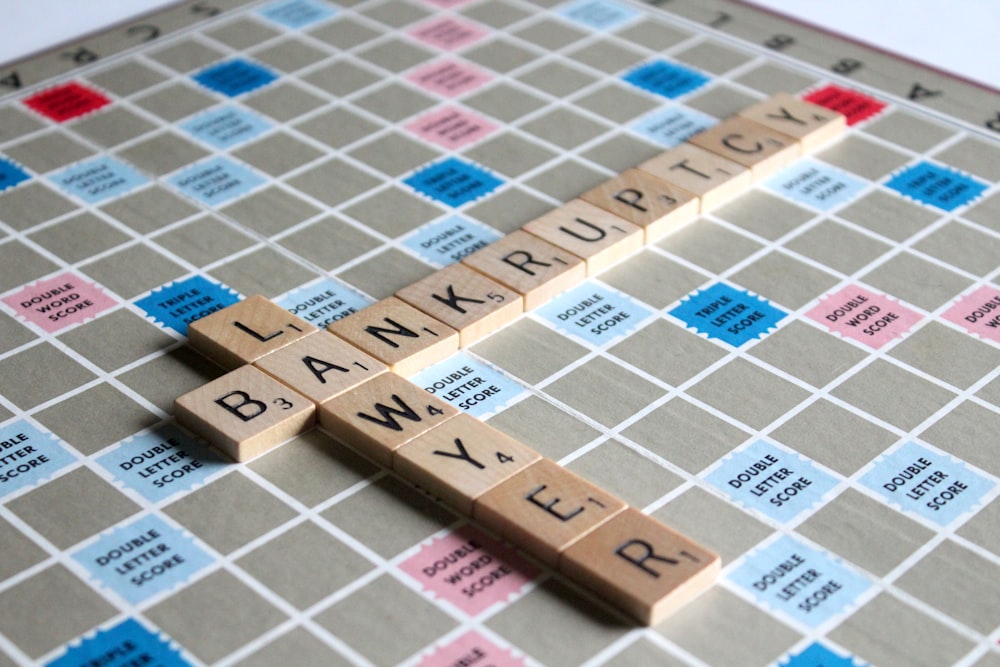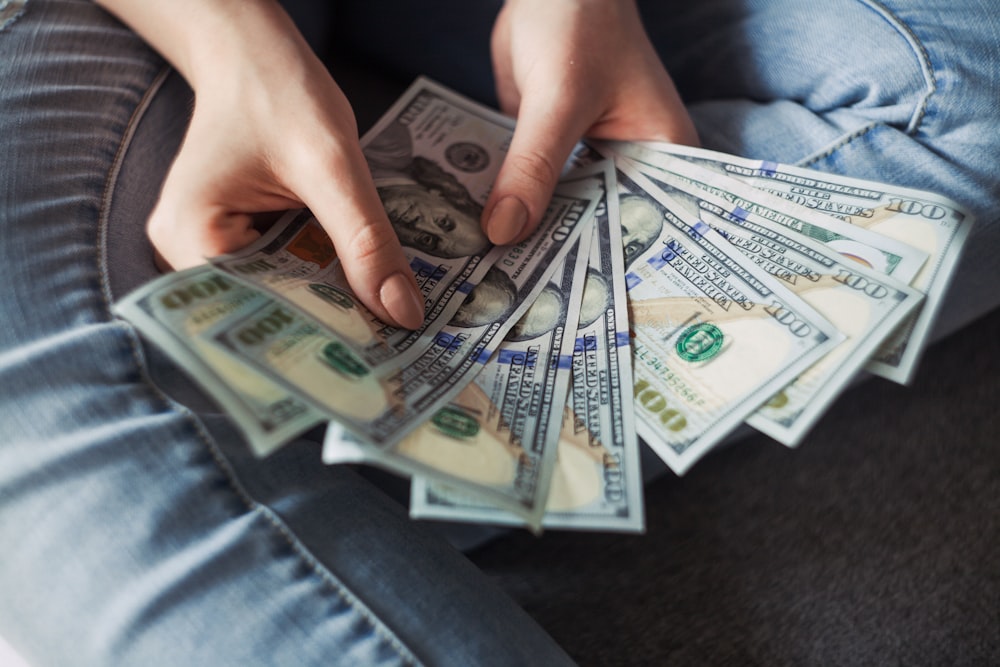Getting your finances in order after filing for bankruptcy can feel overwhelming and impossible, especially if your bankruptcy was a result of mismanagement and overspending. However, there are easy steps you can take to learn better spending habits and get your credit in check.
Bankruptcy offers a solution to your financial problems, and a fresh start so you certainly want to make it count. Here are some simple lifestyle changes you can make after filing for bankruptcy to build your life back.
Living Within Your Means
Budgets are difficult for anyone to follow. There are things you want to do or to have but just can’t afford at the moment, and putting it on a credit card to pay for later can be a dangerous idea. Debt can rack up quickly, and this is a major reason people end up with no choice but to file for bankruptcy.
If you have filed for bankruptcy, whether it was due to debt or another reason, you will have to learn how to budget and keep your lifestyle within your means. Determine how much you make each month, then create categories for things you have to pay for, want to pay for, and savings.
Saving money is extremely important for financial security and ensuring you won’t have to file again, so it is smart to automatically take a portion of your paycheck and put it into savings.
Then you can determine what your monthly expenses will be. These are things like rent, car payments, groceries, utilities, and any other necessities. Finally, what you have left over can be dedicated to things you want, such as leisure, entertainment, eating out, clothes, and more. If you filed for Chapter 13 bankruptcy, your budget may be determined by your trustee, but chapter 7 files usually have more control over their budget. Nonetheless, a budget is essential for keeping yourself out of debt and on a new path.
Consider going “Cash-Only”
With today’s technology, swiping your credit card or entering the information at an online checkout is incredibly easy, but this can also easily damage your finances. Committing to a lifestyle where you only pay with cash is much more difficult than the convenience of using a credit card, but it might be a good tool for showing you how much money you are actually spending.
Switching most of your purchases to cash will help you regain control of your spending habits, however, it is important to still use a credit card to maintain your credit score. For example, you may use a credit card to pay for one item like gas or groceries, and use cash to pay for the rest.
This will allow you to keep your credit going and not damage it further, without relying so heavily on it. You can still use cash in this scenario, just set the amount you paid with your credit card in cash aside until the end of the month. This way you are physically saving the amount you have to pay when your credit card bill comes, and you won’t be scrambling to find the money or carrying over the balance into the next month.



